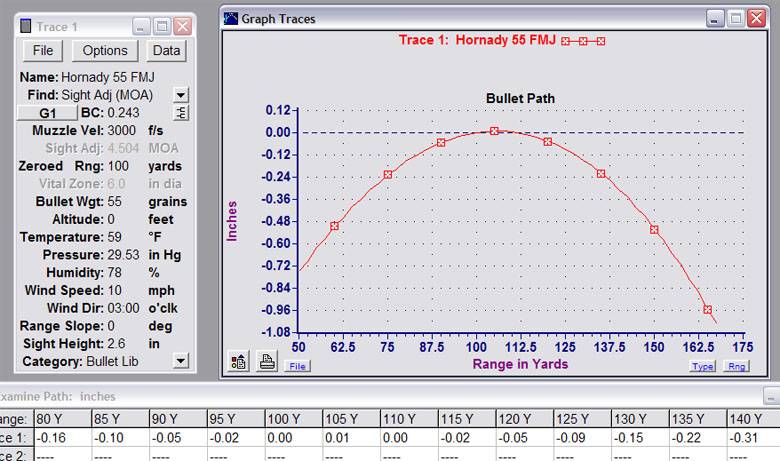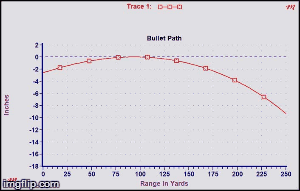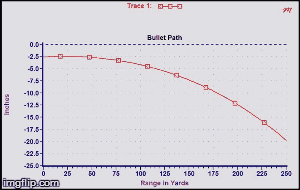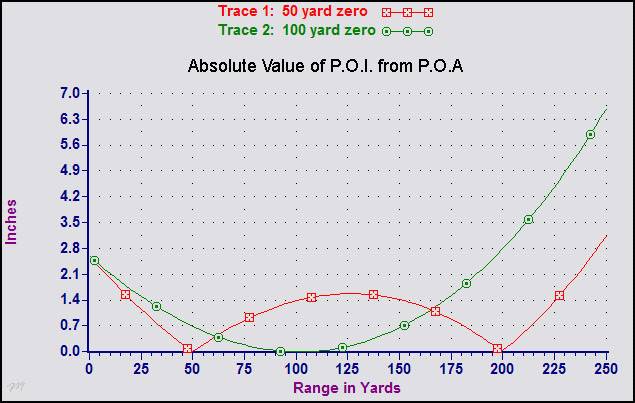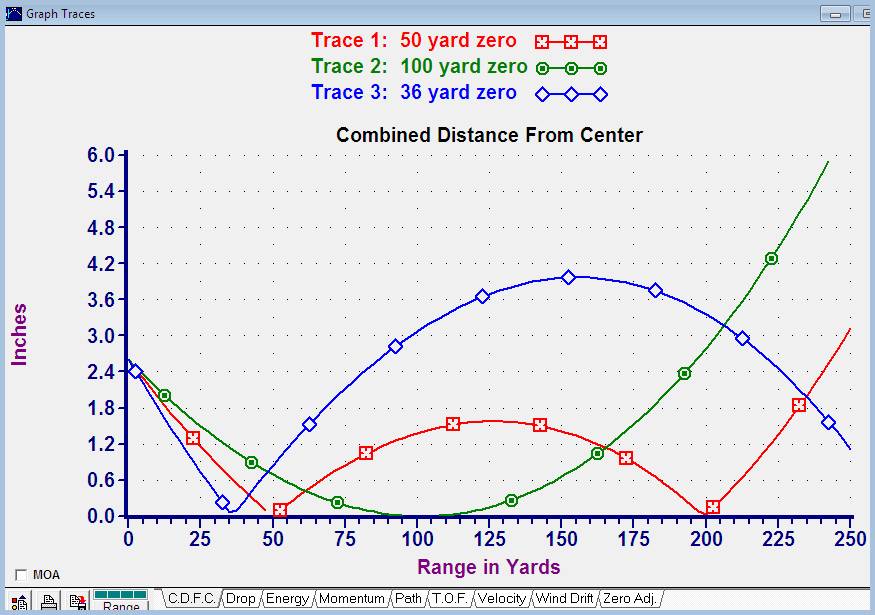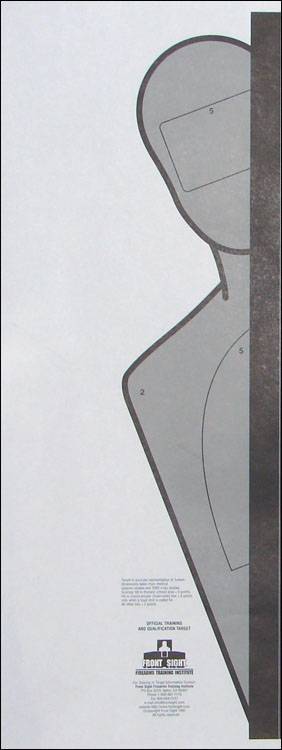ETA: Beat by Molon. Funny how we were saying the same thing.
I’ve never seen 36/300 match up before, and recall going through all this back in the early 2000s, but I just ran the ballistics through a calculator again just as a sanity check.
Army JSOC had this all worked-out back then, and the few guys from there that talk about it frown on 36/300yd. They prefer a 50yd zero for the following reasons...
Problem with 300yd zeros is that they put trajectory over people’s heads in the more common distances, and you can see this clearly in the video in the OP. He has the POI references drawn on the IPSC.
At 5:06 in the video, look at the 36yd zero Points of Impact for 50, 100, 150, and 200. Everything you need to know is clearly illustrated right there in that frame. If you’re shooting IPSC sils perfectly oriented towards you, sure. Great zero.
But if you’re shooting through partially-exposed heads peeking around a corner, 36yd zero is one of the worst zeros you could use, only outdone by the 25m zero.
Just think of the IPSC steel with hostage taker as someone peeking from cover, not necessarily a hostage situation for the purpose of this argument (although even more relevant for LEOs)
PRETEND the SIL is a barrier for sake of this argument, the red head is the intended target:
Factor in:
Size of TGT (never going to be full IPSC standing in presentation towards you, “shoot me please")
Cone of error of rifle/optic combo (2-4 MOA mechanical best case)
Cone of error for shooting under stress from field expedient position (accuracy degrades by 50% under stress among the world’s best combat shooters)
14.5” 5.56 M855 or 62gr .306 G1 BC, 2920fps mv, 36yd zero, 2.5” optic height
(These are perfect world POI trajectories without any cone of error or positional error factors.)
50 .8” high
75 2” high
100 3” high
125 3.6” high
150 3.8” high
175 3.8” high
200 3.3” high
225 2.5” high
250 1.2” high
275 - .5” low (this is the first time along the flight path since 36yd that we have any drop)
300 - 2.7” low
Same gun, same ammo, 50yd zero
50 ZERO
75 .8” high
100 1.3” high
125 1.5” high
150 1.4” high
175 .9” high
200 ZERO
225 -1.2"
250 -2.9"
275 -5"
300 - 7.6"
For these reasons, I’m not a fan of the 36yd zero. It’s already hard enough to make hits, so why make it even more difficult? I didn’t take anyone’s word or credentials at face value and just accept their recommendations, but instead analyzed the data for myself with all variables accounted for, and could clearly see that the 36yd zero decreases your chances of hitting partially-exposed targets within the common engagement distances in urban and open terrain.



